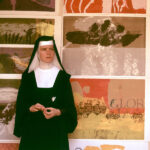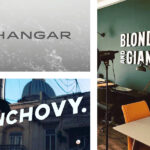
4 evolutionary artistic styles that influenced today’s design culture in Malta.

Malta is rich in history. Being a small island in the middle of the Mediterranean, it served as a stepping stone between continental Europe and Africa for numerous conquerors, and because of this, the Maltese culture was influenced by numerous differing cultures. This includes influences in cuisine, language and of course Art.
The Neolithic Temples
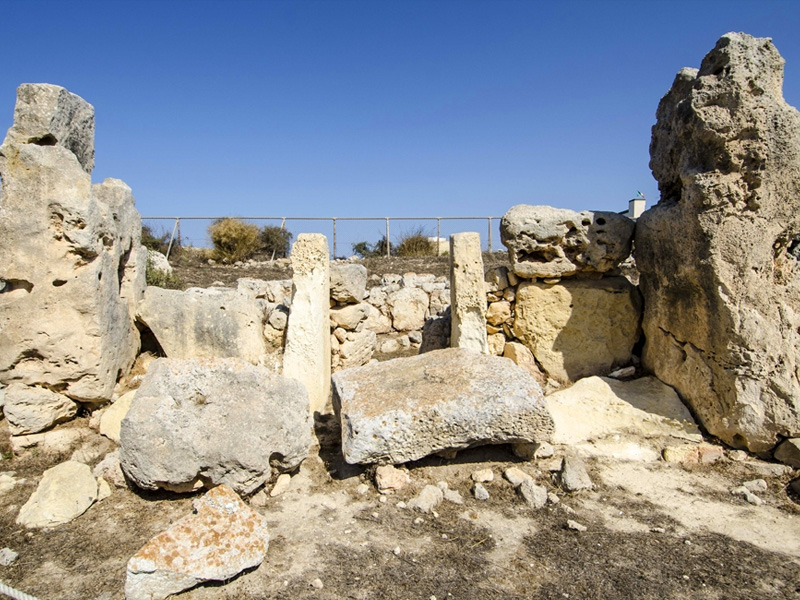
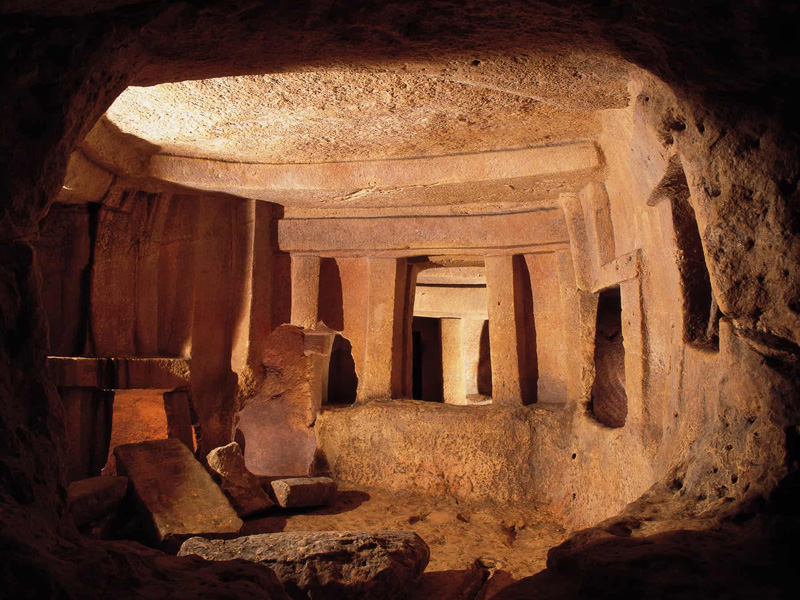
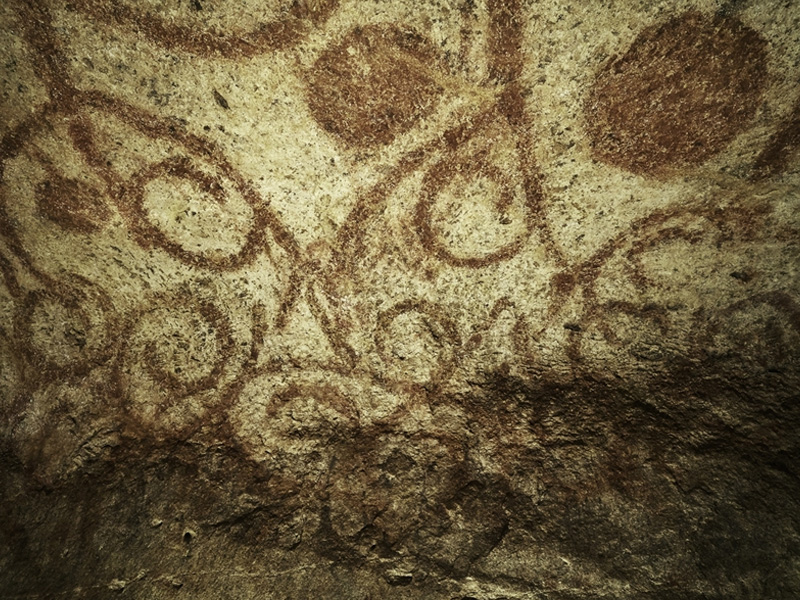
Artistic expression in Malta dates back to prehistoric times. The first settlers on the island expressed their creativity through pottery, jewellery-making and architecture. Various historical sites and artifacts evidence this. The oldest historical site is that of Skorba, which is the remains of the first form of settlement on the islands.
Another important and inspirational historical site is the Hypogeum in Hal Salfieni, limit of Hal Tarxien. This is an underground temple and burial ground, considered sacred by the people of the time. It is made up of three floors. The middle levels holds some of the best known features of the Hypogeum, which include the red ochre wall paintings and wall carvings.
The Roman Period
The Roman period brought highly decorative mosaics and classical statuary with it. The early Christian frescoes found in catacombs across the island show a tendency for Byzantine tastes. Such art can still be viewed today at the Roman Domus in Rabat. These artistic influences transitioned all through the medieval period, however artists were also influenced by Romanesque and Gothic movements of the time. Towards the end of the 15th century, many Maltese artists started being influenced by the School of Antonello de Messina, to which were then introduced to Renaissance and decorative arts.
Baroque Art
When the Knights occupied Malta, Baroque peaked. Art and architecture played an important role in the creation and representation of Malta’s cultural identity. During this time, the Maltese higher class did not only take baroque imagination on board but also embraced Baroque as a pillar of their identity. Artists like Caravaggio and Mattia Preti left their mark in the Co-cathedral of St. John, with the depiction of the Beheading of Saint John and Saint George on Horseback respectively amongst others. The art of this time put Malta in the list of visits of many prominent figures of the time. This included Dominique Vivant Denon, who was later director of the Louvre, Jean Carpentier and François Lebrun.
It is worth noting that this flourishing of Baroque art across the island was somewhat intentional. On their arrival, the Knights were determined to impress neighbouring kingdoms. Hence, they made a plan to establish a princely state with in return resulted in Malta being strongly imbedded on the map of Europe. They did this by putting together a sophisticated level of artistic criterions to document their epic accomplishments at sea. IN the 16th, 17th and beginning of the 18th century, this baroque glory of the Kights’ Order fascinated travellers, with public fountains, statues and majestic buildings. Baroque was enhancing the perception of the island by foreign visitors and dignitaries.
Maltese Traditional Crafts
Two main popular Maltese crafts are lace-making and filigree. Lacemaking has been present in Malta since the 1500s, probably introduced by the Knights. Lace weavers often made gloves and scarves for the elite both locally and abroad. It is also said that Queen Victoria was particularly fond of Maltese lace. In fact, Thomas McGill wrote in his 1839 publication A Handbook or Guide, for Strangers visiting Malta,
“the females of the island make also excellent lace; the lace mitts and gloves wrought by the Malta girls are bought by all ladies coming to the island; orders from England are often sent for them on account of their beauty and cheapness.”
It is worth noting that lacemaking was also featured in The Great Exhibition of 1881. Similarly, filigree is a form of weaving using metal thread. This craft was introduced around the same time and very popular. Artisans often produced various types of jewellery and miniature models that are still in demand till this day.

